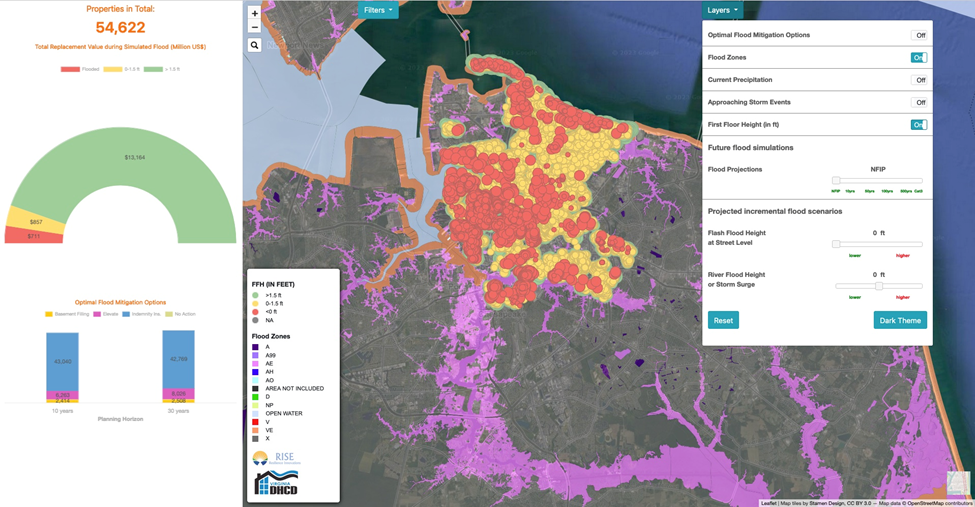FLOOD VULNERABILITY AND MITIGATION ASSESSMENTSFloods are a significant natural disaster that can affect any community, and their frequency is expected to increase due to climate change and rising sea levels. This highlights the crucial need for comprehensive risk assessments. Flood vulnerability assessments serve as essential tools for decision-makers and stakeholders in developing strategies to safeguard vulnerable properties and communities. Flood mitigation assessments use multiple data sources to analyze the risk to a site, building and or community levels. Flood characteristics (duration, arial extent, depth, velocity) are integral to any assessment. The building construction materials and or site are also evaluated, evaluation of that data is then incorporated into the assessment of the possible solutions to mitigate the vulnerability. The flood mitigation retrofit project is a result of the mitigation assessment.  |

